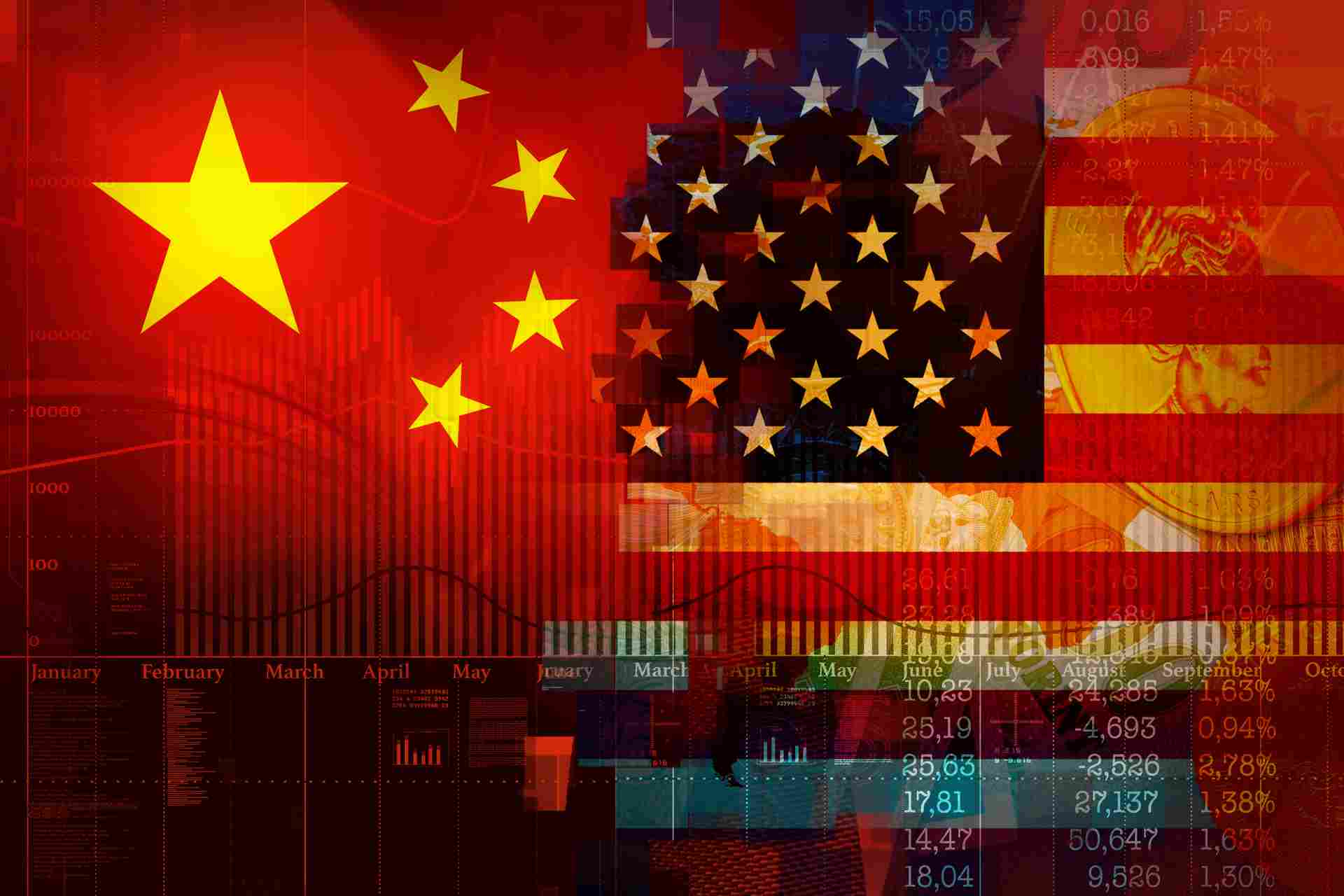The Xi-Trump summit at the weekend on the sidelines of the G20 produced a cease-fire on trade that was widely celebrated across global markets overnight and into this morning. The ceasefire agreement delays the planned rise in tariffs on the $200 billion of Chinese imports to 25% from 10% on Jan. 1 for at least 90 days and China promised to import “significant” amounts of US products, including soybeans.
The chief question from here is how much the US and China can accomplish over the 90-day delay on the laundry list of issues from forced technology transfer and intellectual property protection to cyber-crime and non-tariff trade barriers that must be addressed to the US’ satisfaction to avoid a resumption of hostilities.
In any case, the cease-fire was still a positive breakthrough of sorts and this, on top of the recent downshift in Fed guidance is about as potent a risk-on signal as investors can expect for the near term. I suspect the market is overplaying the Fed signal, where any dovish move from here will be due to a material worsening in the economic outlook. The next key event risk on that front will be the December 19 Federal Open Market Committee meeting.
The US dollar traded weaker across the board, most notably against emerging market currencies. The most heavily traded of these, the Mexican peso, is having a look at the 20.00 level after Obrador was finally sworn in as president over the weekend. He promised in a fiery inauguration speech to bring a “fourth transformation” to Mexico with an anti-corruption drive and shift way from “neo-liberalism”.
The market has been unsure whether to look at Obrador as a pragmatist or someone whose left populist leanings will risk fiscal excess and a closing off of further foreign investment in Mexico’s energy sector. Outside of EM, I suspect that within the G10, further USD weakness potential will prove rather limited until or unless we see a sustained improvement in the US-China relationship and a bigger shift in relative policy outlooks.
The G20 statement itself was Exhibit A for the massive ongoing shift in the geopolitical environment, as the US was able to eliminate prior references to avoiding protectionism and China likewise deleted past language on “unfair trading practices” it felt were pointed its way. The removal of general language saying that global institutions are necessary and useful also speaks volumes, as was the commitment to reforming the WTO. The gears of history are certainly grinding as the de-globalisation theme picks up speed.
Chart: USDCAD
USDCAD shorts are one way to capture a rally in crude oil and a further weakening of the US dollar if these developments deepen – watch out for a Bank of Canada meeting mid-week this week, where the market is looking for a pause ahead of a hike at the January meeting, a hike that is not fully priced. Still, potential beyond 1.3000 looks like a stretch without some more profound breakthrough on trade or something that sparks a strong divergence in the relative rate outlook – which has largely flattened for the last three months.
